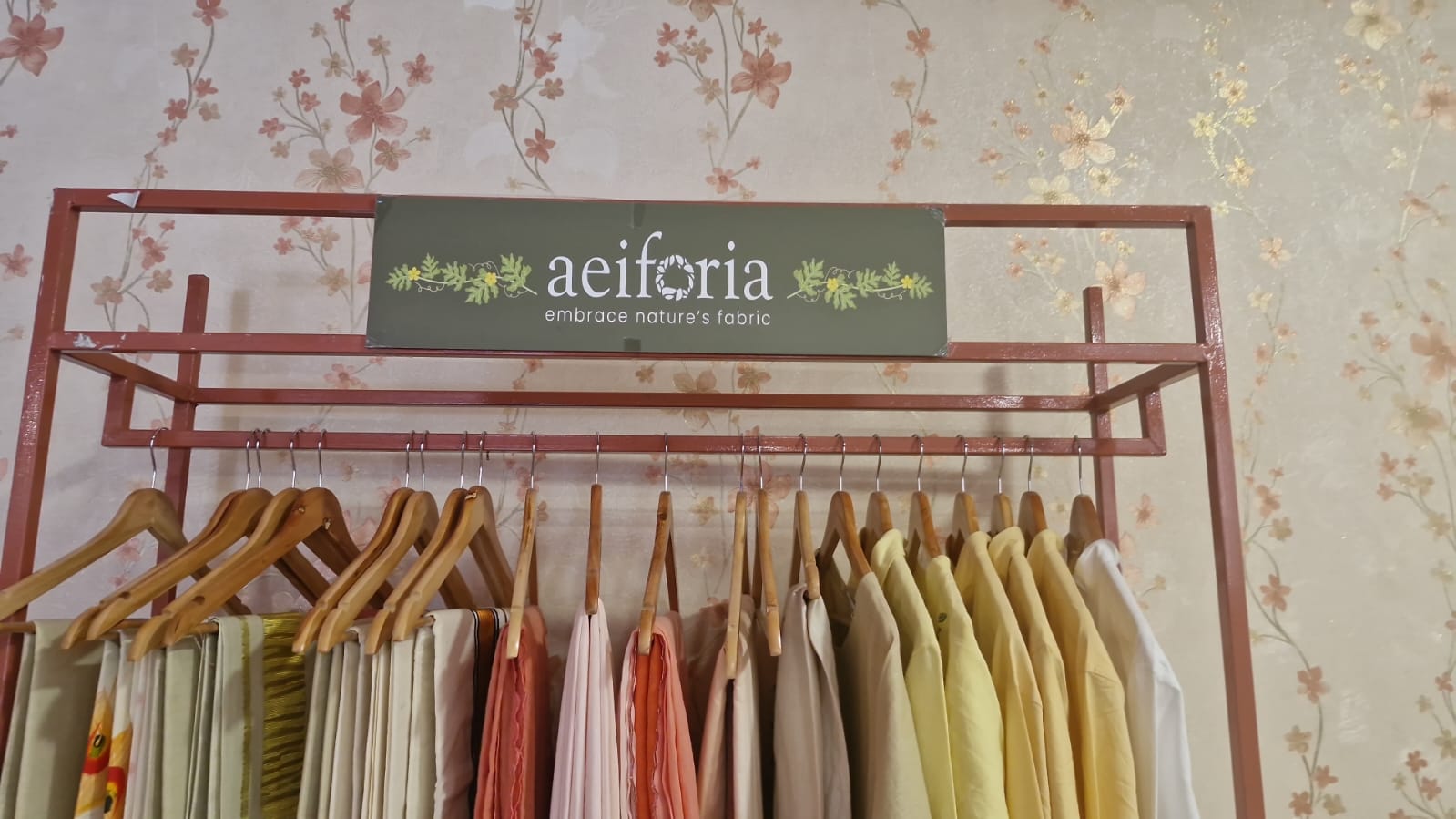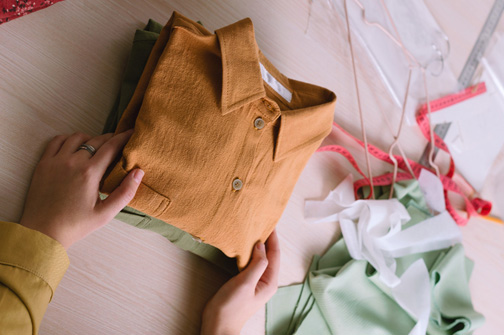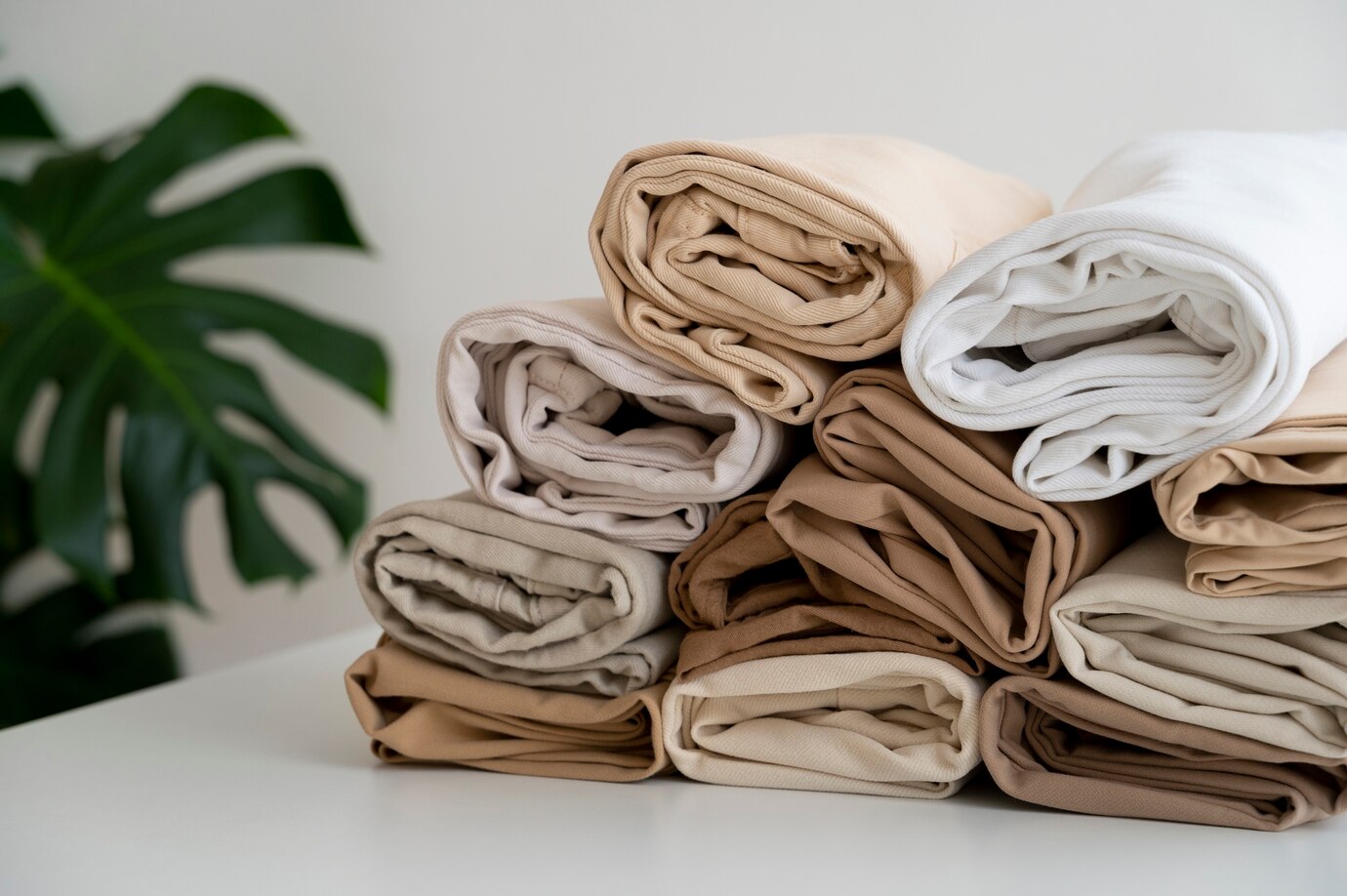
The Art of Natural Dyeing: A Sustainable Alternative for a Greener Future
The Art of Natural Dyeing: A Sustainable Alternative for a Greener Future*
In recent years, as awareness around environmental issues grows, natural dyeing has re-emerged as a sustainable alternative to synthetic dyes in the textile industry. Rooted in centuries-old traditions, natural dyes are derived from plants, minerals, and even insects, offering a beautiful range of colors without the harmful consequences of their synthetic counterparts.
What is Natural Dyeing?
Natural dyeing involves extracting color from natural sources—such as indigo leaves, turmeric roots, madder plants, or walnut husks—and using them to color textiles. Unlike synthetic dyes, which are made from petrochemicals, natural dyes are biodegradable, non-toxic, and safer for both artisans and the environment.
Environmental Benefits
1. Reduced Water Pollution: Synthetic dyeing is a major contributor to water pollution, releasing toxic chemicals into rivers and waterways. Natural dyes, on the other hand, are far less polluting and break down more easily in the environment.
2. Lower Carbon Footprint: Many natural dyes are locally sourced and require less energy to produce, reducing the carbon emissions associated with transportation and manufacturing.
3. Waste Reduction: Natural dyeing can incorporate agricultural or food waste—such as onion skins or avocado pits—helping reduce landfill waste and encouraging circular practices.
Challenges and Considerations
Despite its benefits, natural dyeing also has limitations. It often requires more time and skill, and colorfastness may be less consistent than with synthetic dyes. However, with modern techniques and increased consumer interest, natural dyeing is becoming more viable for small-scale artisans and ethical fashion brands.
Conclusion
Natural dyeing is not just a technique; it’s a statement about how we value craftsmanship, sustainability, and our planet. As the fashion industry seeks greener paths forward, embracing traditional dyeing methods offers a colorful and conscientious alternative.
Related Insights

Sustainable Fashion Trends to Watch in 2025
Sustainability is shaping the future of fashion, with brands and consumers embracing eco-friendly innovations. Here are the key trends defining 2025.
View Details
Slow Fashion: A Conscious Choice for a Sustainable Future
In a world dominated by fast fashion, slow fashion is emerging as a movement that prioritizes quality, sustainability, and ethical production. Unlike mass-produced trends that quickly go out of style...
View Details
Chemical-Free Clothing: A Step Towards Sustainable Fashion
In a world increasingly conscious of sustainability, chemical-free clothing is gaining momentum as a healthier and more eco-friendly alternative to conventional fashion. Unlike mass-produced garments...
View Details
